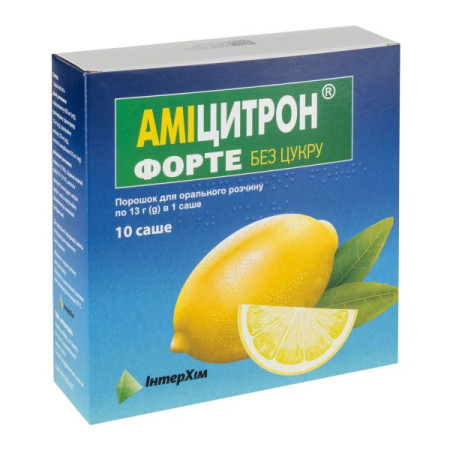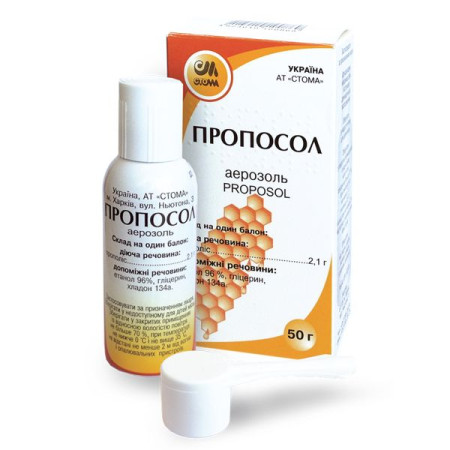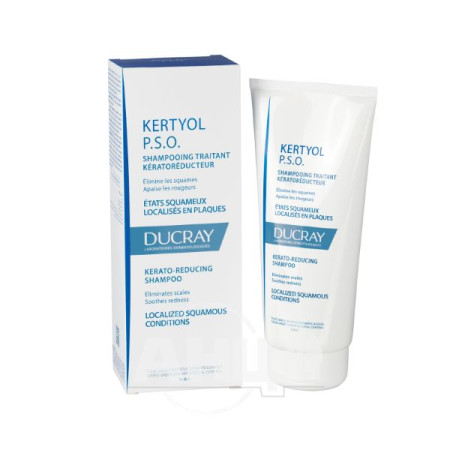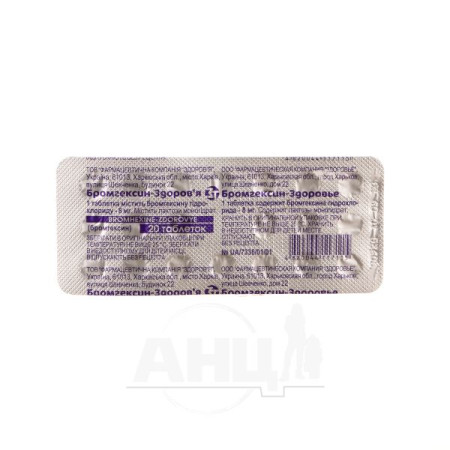Sanomen nasal spray dosed suspension 50 mcg/dose container 60 doses
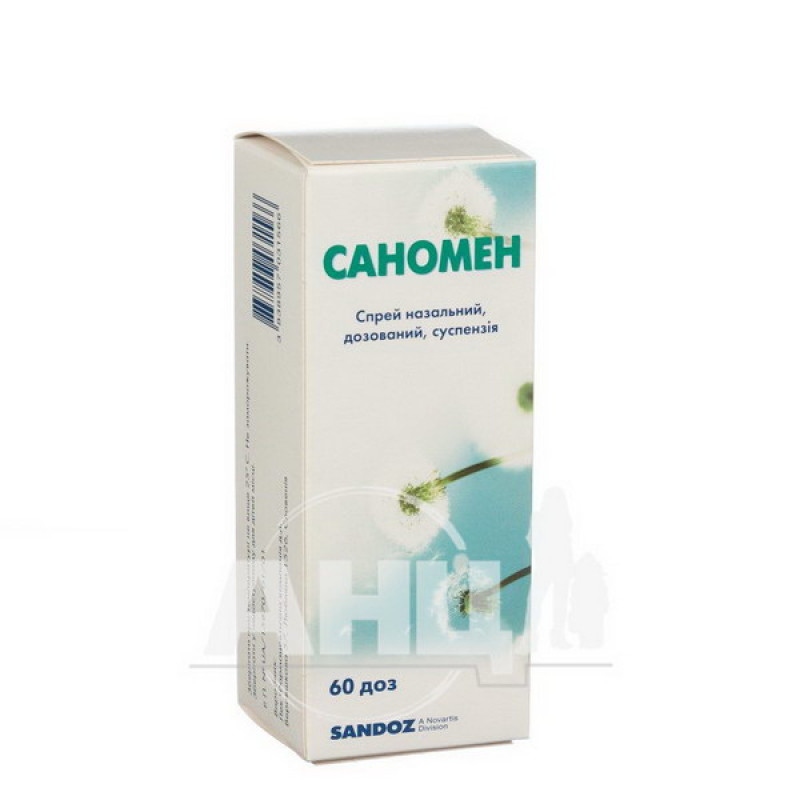
Instructions Sanomen nasal spray dosed suspension 50 mcg/dose container 60 doses
Composition
active ingredient: 1 dose of spray contains mometasone furoate 50 mcg (in the form of mometasone furoate monohydrate);
excipients: microcrystalline cellulose and sodium carmellose (Avicel RC-591), glycerin, citric acid monohydrate, sodium citrate dihydrate, polysorbate 80, benzalkonium chloride, water for injections.
Medical form
Nasal spray, metered dose, suspension.
Main physicochemical properties: white hemogenic suspension.
Pharmacotherapeutic group
Anti-edematous and other drugs for local use in diseases of the nasal cavity. Corticosteroids. Mometasone. ATX code R01A D09.
Pharmacological properties
Pharmacodynamics
Mechanism of action
Mometasone furoate is a topical glucocorticosteroid with local anti-inflammatory action, which is manifested in doses at which systemic effects do not occur.
Basically, the mechanism of anti-inflammatory and anti-allergic action of mometasone furoate is associated with its ability to inhibit the release of mediators of allergic reactions.
Mometasone furoate significantly reduces the release of leukotrienes from leukocytes of patients suffering from allergic diseases. In cell culture, mometasone furoate has demonstrated high activity in inhibiting the synthesis and release of IL-1, IL-5, IL-6, and TNFα; it is also a potent inhibitor of leukotriene production. In addition, it is a very potent inhibitor of the production of Th2 cytokines, IL-4 and IL-5, from human CD4+ T cells.
Mometasone furoate demonstrated high anti-inflammatory activity in both the early and late stages of allergic reactions, as evidenced by a reduction (compared to placebo) in histamine levels and eosinophil activity, as well as a reduction (compared to baseline) in the number of eosinophils, neutrophils, and epithelial cell adhesion proteins.
In 28% of patients with seasonal allergic rhinitis, mometasone furoate demonstrated clinically significant onset of action within 12 hours of first application. On average (50%) relief occurred within 35.9 hours.
Children
In a one-year placebo-controlled clinical study in which children (n=49/group) were given mometasone furoate 100 mcg once daily, no inhibition of growth velocity was observed.
Data on the safety and efficacy of mometasone furoate in children aged 3 to 5 years are limited, therefore an appropriate dose range cannot be established.
In a study of 48 children aged 3 to 5 years treated with mometasone furoate at doses of 50, 100, or 200 mcg/day intranasally for 14 days, there were no significant differences compared to placebo in the mean change in plasma cortisol levels in response to a tetracosactrine challenge test.
The European Medicines Agency has waived its obligation to submit the results of studies on the use of mometasone furoate in all subsets of children for the treatment of seasonal or perennial allergic rhinitis.
Pharmacokinetics
Absorption
The bioavailability of mometasone furoate when administered as a nasal spray is < 1% in plasma (based on data obtained using a sensitive method with a lower limit of quantification of 0.25 pg/mL).
Distribution
Mometasone is very poorly absorbed through the nasal route.
Metabolism
The small amount that can be swallowed and absorbed is completely metabolized on the first pass through the liver.
Breeding
Absorbed mometasone furoate is completely metabolized, and the metabolites are excreted in the urine and bile.
Indication
Treatment of seasonal or perennial allergic rhinitis in adults and children aged 3 years and over.
Treatment of nasal polyps and associated symptoms, including nasal congestion and loss of smell, in adults.
Contraindication
Hypersensitivity to the active substance or to any of the excipients.
The drug should not be used in the presence of untreated localized infection involving the nasal mucosa, such as herpes simplex.
Because corticosteroids have the effect of inhibiting wound healing, patients who have recently had nasal surgery or trauma should not use a nasal corticosteroid until healing has occurred.
Interaction with other medicinal products and other types of interactions
Sanomen was used concomitantly with loratadine, and no effect on the plasma concentration of loratadine or its main metabolite was observed, and mometasone furoate was not detected in the plasma, even at minimal concentrations. The combination therapy was well tolerated by the patients.
Data on interactions with other drugs are not presented.
Application features
The use of the drug in young children must be carried out with the help of adults.
Sanomen nasal spray should be used with caution in patients with open or closed form of respiratory tract tuberculosis, untreated fungal, bacterial, systemic viral infections.
After 12 months of treatment with mometasone furoate, patients did not develop signs of nasal mucosa atrophy; in addition, mometasone furoate contributed to the normalization of the histological picture of the nasal mucosa.
However, patients who have been taking mometasone furoate for several months or longer should be periodically examined for possible changes in the nasal mucosa. In the event of the development of a local fungal infection of the nose or throat, therapy with mometasone furoate should be discontinued or appropriate treatment should be initiated. Irritation of the nasal mucosa and throat that persists for a long time may also be an indication for discontinuation of treatment with the drug.
Mometasone furoate is not recommended for use in case of nasal septal perforation.
During the studies, a higher incidence of nosebleeds was observed compared to placebo. The nosebleeds stopped on their own and were minor.
Although the drug controls nasal symptoms in most patients, concomitant use of appropriate adjunctive therapy may result in additional relief of other symptoms, particularly ocular symptoms.
However, caution should be exercised when treating patients transferred from long-term systemic corticosteroids to Sanomen.
Discontinuation of systemic corticosteroids in such patients may result in adrenal insufficiency for several months before the hypothalamic-pituitary-adrenal axis recovers.
If these patients develop symptoms of adrenal insufficiency or withdrawal symptoms (e.g., joint and/or muscle pain, fatigue, and depression) despite the absence of nasal symptoms, systemic corticosteroids should be resumed and a different treatment regimen instituted. Changing therapy may also reveal allergic conditions, such as allergic conjunctivitis or eczema, that have developed previously and were masked by systemic corticosteroid therapy.
When switching from systemic corticosteroid treatment to Sanomen nasal spray treatment, some patients may experience symptoms of corticosteroid withdrawal (e.g. joint and/or muscle pain, fatigue and depression).
The safety and efficacy of mometasone furoate have not been studied in the treatment of unilateral polyps, polyps associated with cystic fibrosis, and polyps that completely obstruct the nasal cavity.
Unilateral polyps that are atypical should be further evaluated, especially if ulcerated or bleeding is present. Patients taking corticosteroids may potentially have reduced immune reactivity and should be advised of the increased risk of infectious diseases (e.g., chickenpox, measles) and of the need to seek medical advice if exposed to such patients.
Nasal septal perforation or increased intraocular pressure have been reported very rarely following the use of intranasal corticosteroids.
Systemic effects of intranasal corticosteroids may occur, especially when used at high doses for prolonged periods. These are much less likely than with oral corticosteroids and may vary between patients and between corticosteroid preparations. These include: Cushing's syndrome, Cushingoid features, adrenal suppression, growth retardation in children and adolescents, cataracts, glaucoma, and, more rarely, a number of psychological or behavioral changes, including psychomotor hyperactivity, sleep disturbances, restlessness, depression, or aggression (especially in children).
Sanomen nasal spray contains benzalkonium chloride, which may cause irritation of the nasal mucosa. With prolonged use, the preservative benzalkonium chloride may cause swelling of the nasal mucosa. In the event of such a reaction (constant nasal congestion), nasal forms of the drug without a preservative should be preferred if possible. If such preparations are not available, you should switch to using the drug in another dosage form.
Treatment at doses exceeding the recommended dose may result in clinically significant adrenal suppression. In case of use of the drug at doses exceeding the recommended dose, additional systemic corticosteroid administration should be considered during periods of stress or planned surgery.
Regular growth monitoring is recommended in children receiving long-term treatment with nasal corticosteroids. If the child's growth is slowed, therapy should be reviewed with the aim of reducing the dose of nasal corticosteroids, if possible to the minimum effective dose to control symptoms. In addition, it is recommended to consult a pediatrician.
Use during pregnancy or breastfeeding
As with other intranasal corticosteroids, Sanomen should be used in pregnant and lactating women only if the expected benefit justifies the potential risk to the mother, fetus, or infant. Infants whose mothers have used corticosteroids during pregnancy should be carefully monitored for possible adrenal hypofunction.
Ability to influence reaction speed when driving vehicles or other mechanisms
Unknown.
Method of administration and doses
Sanomen is intended for nasal use only.
Before starting to use the drug, it should be calibrated. Calibration is carried out by approximately 10 presses of the dosing device, while establishing a stereotypical delivery of the drug substance, in which each press releases approximately 100 mg of suspension containing 50 mcg of mometasone (1 dose).
If the nasal spray is not used for 14 days or longer, it must be re-primed by 2 actuations until a full delivery is observed before the next use.
Seasonal or perennial allergic rhinitis
Adults (including elderly patients) and children aged 12 years and over
The usual recommended dose is 2 sprays (50 mcg/spray) in each nostril once daily (total daily dose 200 mcg). After achieving a stable therapeutic effect, the dose is reduced to 1 spray in each nostril once daily for maintenance therapy (total daily dose 100 mcg). If the reduction of symptoms of the disease is not achieved, the dose can be increased to a maximum of 4 sprays in each nostril once daily (total daily dose 400 mcg). After the severity of the symptoms of the disease has decreased, a dose reduction is recommended.
Children aged 3 to 11 years
The usual recommended dose is 1 spray (50 mcg/spray) in each nostril once daily (total daily dose 100 mcg).
Mometasone furoate has demonstrated a clinically significant onset of action within 12 hours of first application in some patients with seasonal allergic rhinitis; however, the full benefit of treatment may not be achieved within the first 48 hours. Therefore, the patient must continue regular application to achieve the full therapeutic effect.
Patients with a history of moderate to severe seasonal allergic rhinitis symptoms should begin treatment with mometasone furoate several days before the expected start of the flowering season.
Nasal polyposis
Adults
The usual recommended starting dose for the treatment of polyposis is 2 injections
(50 mcg/spray) in each nostril once daily (total daily dose 200 mcg). If after 5-6 weeks no improvement in symptoms is achieved, the dose may be increased to a daily dose of 2 sprays in each nostril twice daily (total daily dose 400 mcg). The dose should be determined individually and gradually reduced to the lowest dose that provides adequate control of symptoms. If after 5-6 weeks of taking the drug twice daily, no improvement in symptoms is observed, the patient's condition should be re-evaluated and the treatment strategy should be reviewed.
Studies investigating the efficacy and safety of mometasone furoate for the treatment of nasal polyposis lasted for four months.
Children.
The safety and efficacy of mometasone furoate in the treatment of nasal polyps in children under 18 years of age, or seasonal or perennial allergic rhinitis in children under 3 years of age, have not been studied.
In studies in children treated with mometasone furoate at a daily dose of 100 mcg for one year, no growth retardation was observed.
Overdose
Since the systemic bioavailability of mometasone furoate is <1%, it is unlikely that any measures other than monitoring the patient's condition followed by administration of the drug at the recommended dose will be required in case of overdose.
Inhalation or oral administration of excessive doses of corticosteroids may lead to suppression of the function of the hypothalamic-pituitary-adrenal axis.
Adverse reactions
The following are adverse reactions associated with the use of mometasone furoate (≥1%) observed during studies in patients with allergic rhinitis or nasal polyposis and during post-marketing use.
Adverse reactions are classified by system organ class and frequency. The frequency of adverse reactions is defined as follows:
very common (≥ 1/10), common (≥ 1/100-< 1/10), uncommon (≥ 1/1000-< 1/100), rare (< 1/10,000), frequency unknown (cannot be estimated from the available data).
Respiratory system: very common – epistaxis¹; common – epistaxis, throat irritation, nasal mucosa irritation, burning sensation of the nasal mucosa, nasal mucosa ulceration; frequency not known – nasal septal perforation.
General disorders and local reactions: frequent - headache; rare - hypersensitivity reactions; rare - anaphylaxis, angioedema, impaired sense of smell and taste.
Immune system disorders: frequency unknown - hypersensitivity, including anaphylactic reactions, angioedema, bronchospasm and dyspnoea.
From the nervous system: frequent - headache.
Gastrointestinal: common – throat irritation1; frequency unknown – taste and smell disorders.
On the part of the organs of vision: frequency unknown - glaucoma, increased intraocular pressure, cataract.
¹ Observed when used twice daily for the treatment of nasal polyposis.
² Reported uncommonly when used twice daily for the treatment of nasal polyposis.
Description of some adverse reactions
Nosebleeds were self-limiting, minor, and occurred slightly more frequently than with placebo (5%), but not more frequently than with other nasal corticosteroids studied and used as active controls (up to 15%). The incidence of all other adverse reactions was comparable to that of placebo.
In patients treated for nasal polyposis, the overall incidence of adverse reactions was similar to that observed in patients with allergic rhinitis.
Systemic effects of nasal corticosteroids are more likely to occur when used in high doses and for prolonged periods.
Children
In children, the incidence of adverse reactions reported during the studies, such as epistaxis (6%), headache (3%), nasal irritation (2%), and sneezing (2%), was comparable to that seen with placebo.
Expiration date
2 years.
After first opening the package – 2 months.
Storage conditions
Store at a temperature not exceeding 25 ° C. Do not freeze.
Keep out of reach of children.
Packaging
1 container containing 60, 120 or 140 doses; 1 container per box.
Vacation category
According to the recipe.
Producer
Lek Pharmaceuticals dd/Lek Pharmaceuticals dd
Location of the manufacturer and its business address
Verovskova 57, Ljubljana, 1526, Slovenia.
There are no reviews for this product.
There are no reviews for this product, be the first to leave your review.
No questions about this product, be the first and ask your question.





